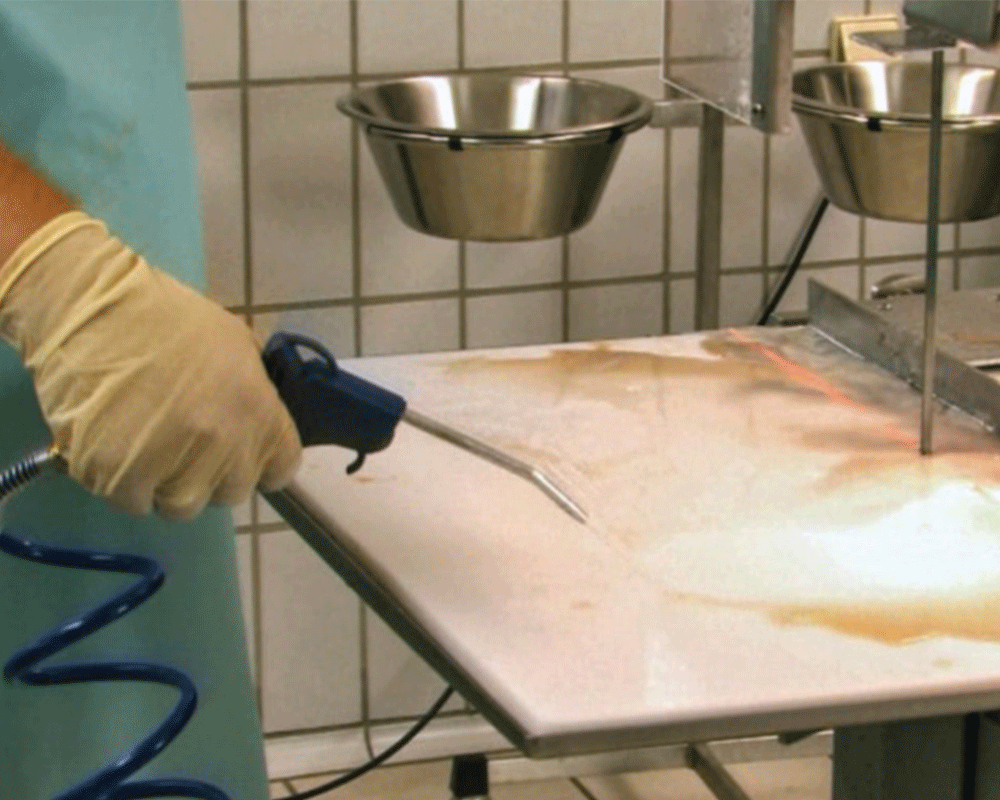
How to Clean Your EXAKT Pathology Saw
Check out the video below to learn more about cleaning your pathology saw. Cleaning your saw after each use will help improve the safety and performance of your machine. Warning:

Check out the video below to learn more about cleaning your pathology saw. Cleaning your saw after each use will help improve the safety and performance of your machine. Warning:
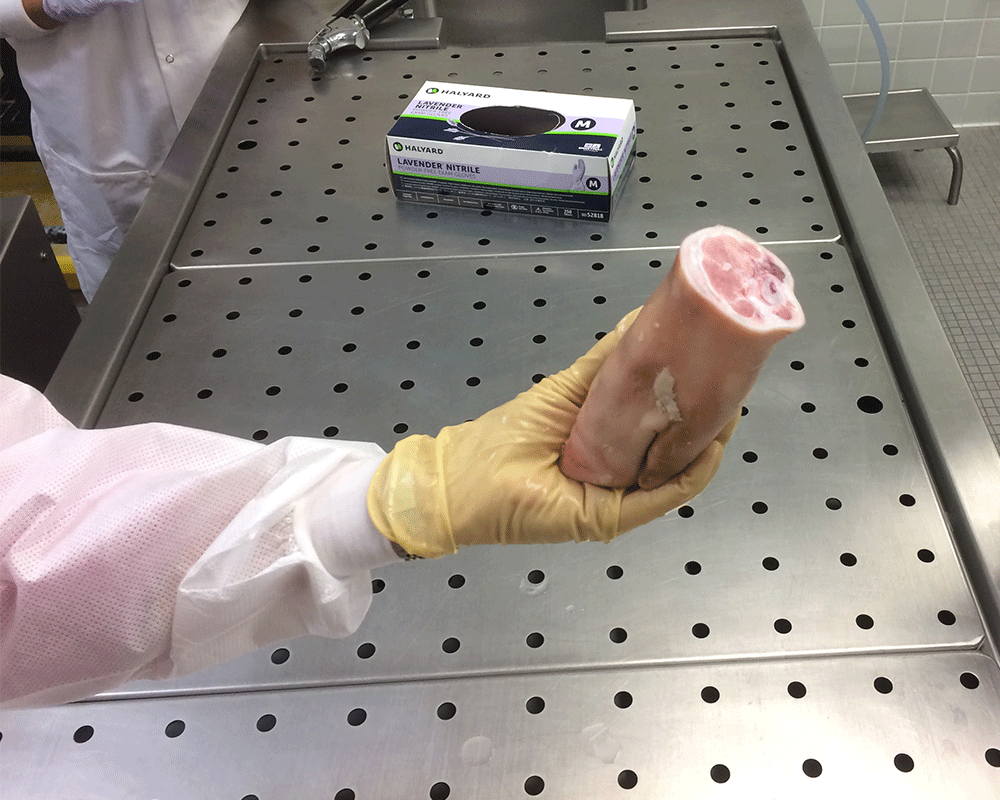
EXAKT’s 312 Pathology Saw has been designed to safely gross bone, tissue, and metal implants without the worry of injuring yourself. Developed for the requirements of pathology Freehand cuts down
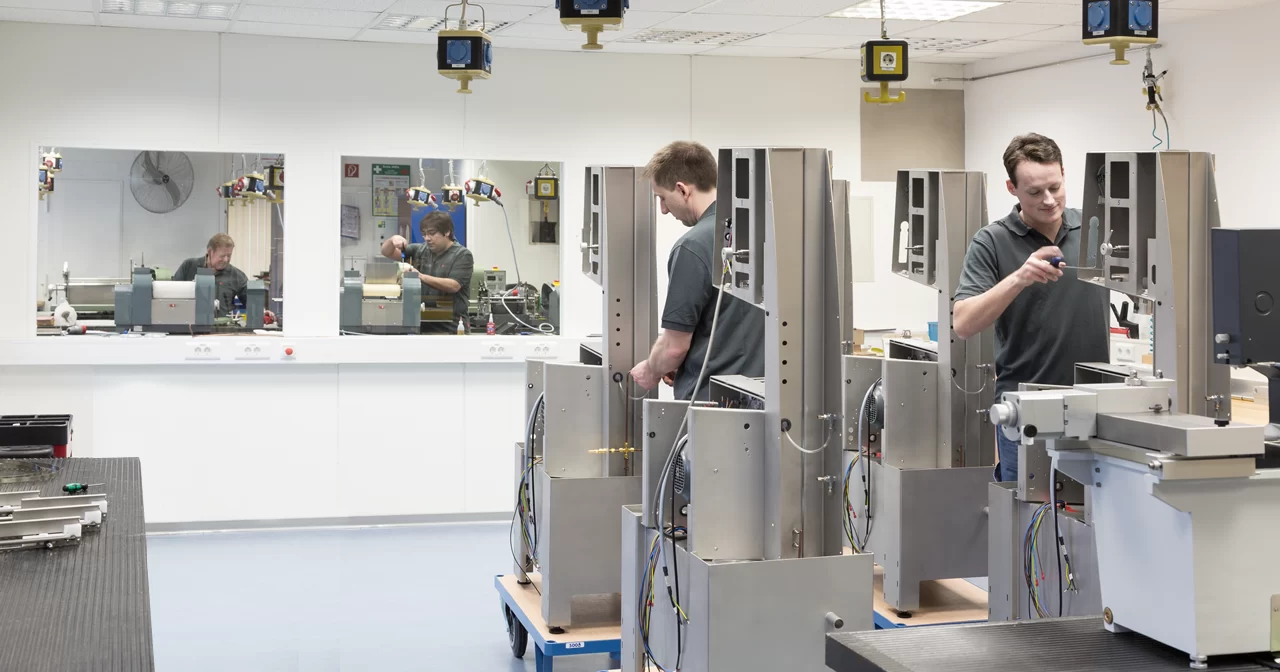
EXAKT’s Pathology Saw last a long time, and a little preventative maintenance will add even more years of reliable performance. We recommend replacing the yellow bands on your 312 Pathology
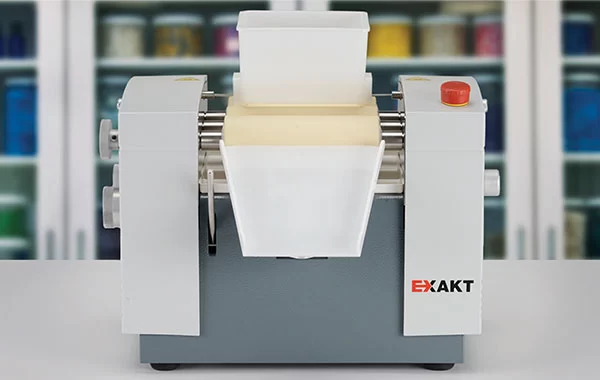
Because precision matters. Experience – More than 60 years in milling compounds, more than 45,000 systems installed worldwide. Expertise – Extensive knowledge of applications with a wide variety of materials.
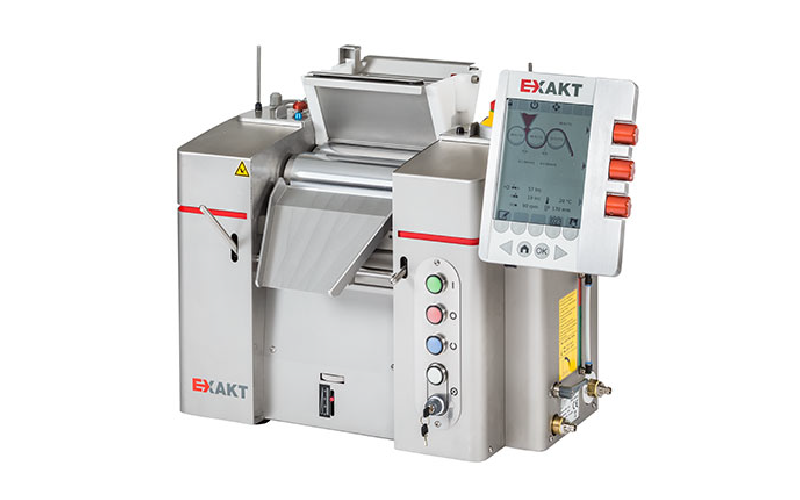
The 80E PLUS three roll mill delivers faster-dispersing results with real-time process analysis. By combining high-precision mechanical design with a state-of-the-art electronic control system, EXAKT has created the new standard
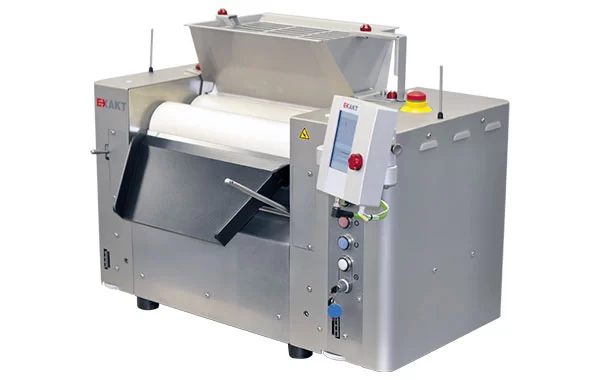
The latest generation of the EXAK T 120S Plus Three Roll Mill technology features state-of-the-art safety functionality, optimum operation and precise setting of the gap. The EXAT 120S Plus offers
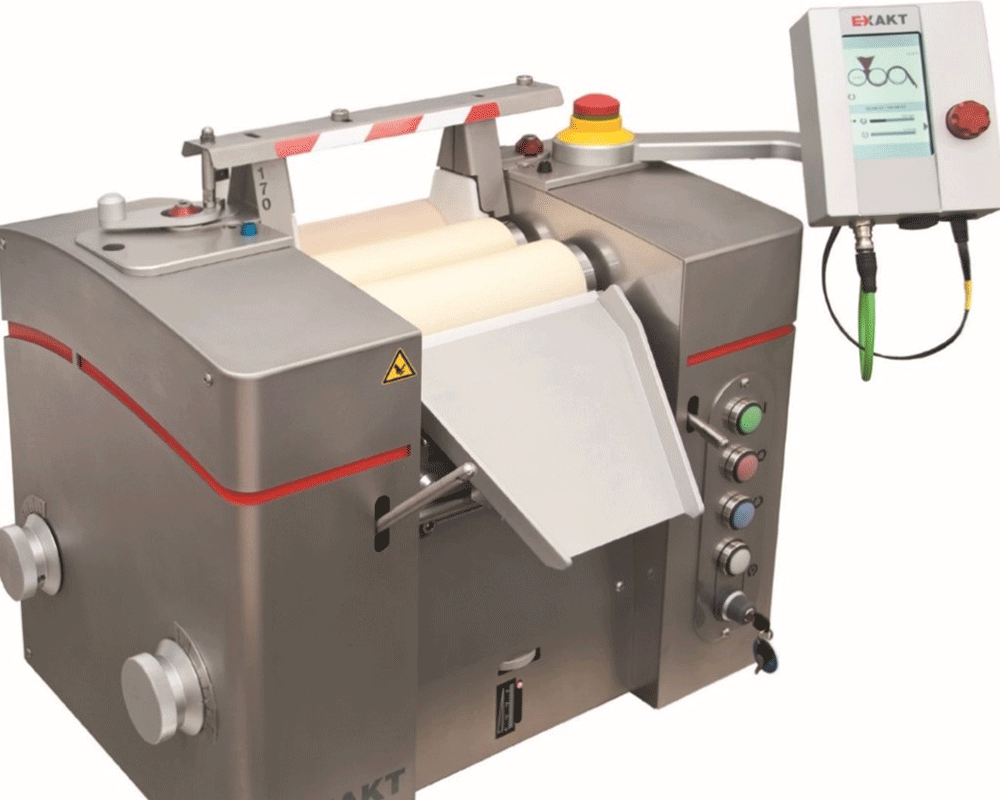
The new EXAKT 80S PLUS has higher safety standards, easier operation, and an even more precise adjustment of the gap. With a powerful motor, optional temperature control and the choice

Cosmetic chemists use EXAKT three roll mills to achieve greater color brilliance and fineness in medium to high viscosity substances. EXAKT mills are excellent for breaking open agglomerates and reducing
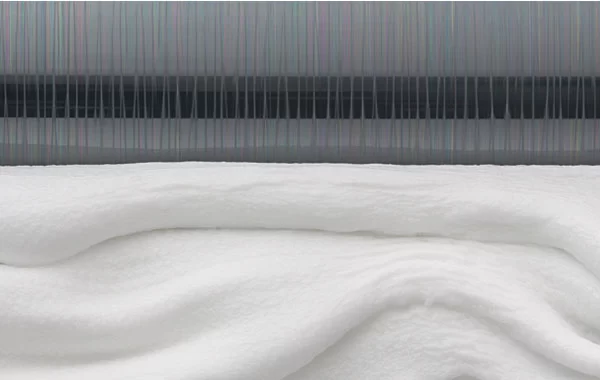
A comparative study conducted at the University of Hamburg, Institute of Pharmacy in Hamburg, Germany concluded that the quality of compounds processed with three roll mills is better than those
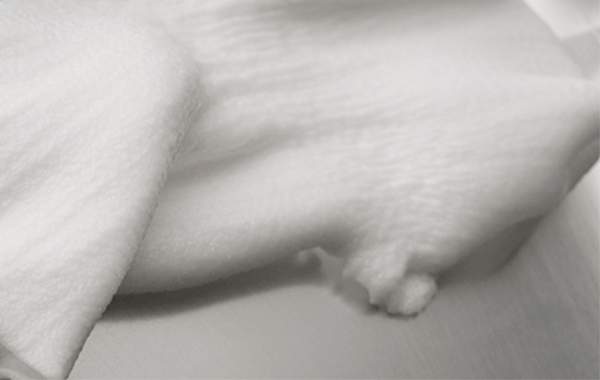
EXAKT ointment mills produced ointments with softer consistency and lower flow limits than those produced with EMPs, most likely due to the significant temperature increase of ointments processed with EMPs